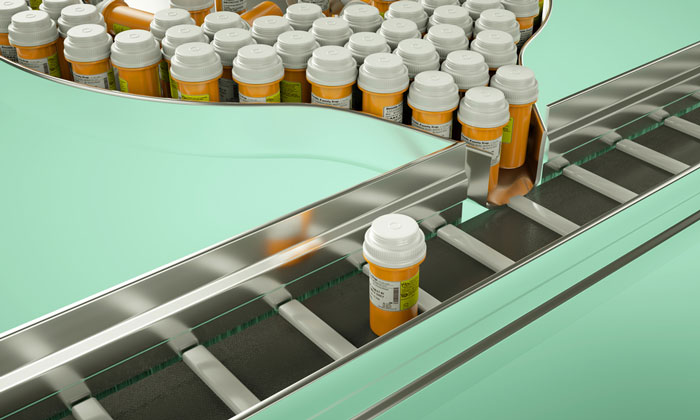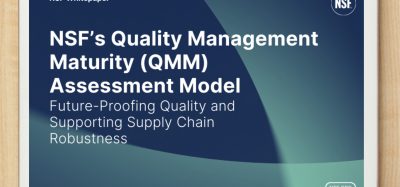ISPE updates guidance on risk-based manufacturing
Posted: 21 July 2017 | Steve Bremer (European Pharmaceutical Review) | No comments yet
New ISPE guidance provides a scientific, risk-based approach for managing cross-contamination risk within shared facilities …


The International Society for Pharmaceutical Engineering (ISPE) has released new guidance on risk-based manufacturing.
ISPE Baseline Guide: Risk-Based Manufacture of Pharmaceutical Products (Second Edition) provides a scientific, risk-based approach (based on ICH Q9 Quality Risk Management) for managing cross-contamination risk within shared facilities.
“The use of multiproduct facilities for the production of pharmaceutical products requires an in-depth understanding of the products, the facilities, the processes, and the equipment and the risks posed by this combination,” said Stephanie Wilkins, Guidance Team Co-lead. “This Baseline Guide was created to assist manufacturers in assessing and controlling the risk of cross contamination posed by their combination of products, facilities, processes, and equipment so they are compliant with regulations and can confidently deliver products to patients in a safe, timely, and cost-effective manner.”
The guide provides a process that allows manufacturers to assess risk and determine where control strategies are necessary to meet acceptable limits for cross-contamination. It is also intended to offer a more consistent approach to setting acceptable limits for assessing the potential of cross-contamination, thus enabling implementation of appropriate controls to facilitate safe and affordable drug product manufacturing.
The US Food and Drug Administration (FDA) and European Medicines Agency were involved in the production and and review of the document. The second edition includes changes to support recent ongoing developments. Content has been added to support significant changes in regulations and the application of these regulations. Some information has also been reorganised so that the layout of the guide aligns with the ICH Q9 process. In addition, the application example has been updated based on a heightened understanding and experience with Quality Risk Management, specifically with risk assessments for cross-contamination.
Related topics
Drug Manufacturing, Environmental Monitoring, Good Manufacturing Practice (GMP), QA/QC









